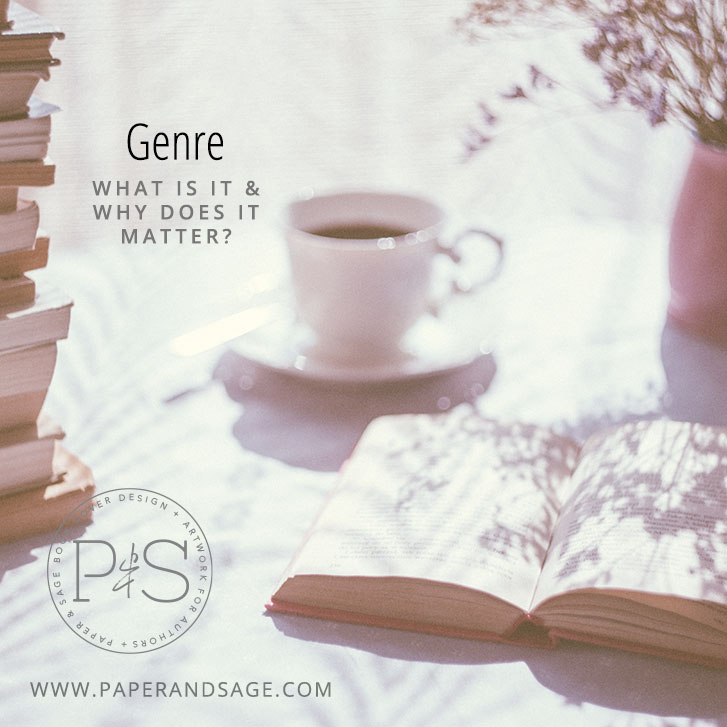
Let’s start with the most basic question: What is genre?
You probably have some ideas about genre and why it matters. However, it maybe a vague ‘sense’ in the back of your mind rather than a solid idea.
I like to think of Genre as a way to determine and define reader’s expectations when approaching a book. For example, are you looking for a story about dragons and wizards? That’s fantasy. Two lovers overcoming insurmountable odds to live happily ever after? Romance. If you’re an avid reader, then you probably already have this type of structure in mind.
So, then, what do we do with genre? How does it apply to your book? And the cover?
- First, identify your genre. Don’t forget sub-genre. Narrow it down to 2-3 options (this will help when listing your categories on Amazon, too).
If you think your book ‘defies’ genre, you’ll still want to identify which genres you’re melding together. Your story won’t appeal to everyone (that’s an impossible goal), and likewise, it won’t fit into every genre. So it can only help your book’s success if you know what type of readers will be interested. For example, a book like Unicorn Western — an obvious genre-meld of Western and Fantasy from the title alone — is very careful to portray the genres with it’s cover design. Which brings us to… - The genre of your book will effect the cover. From color to font, each element of the cover helps convey the genre and tone of the book.
- Something of a side note: Tone is different than genre. But they’re often linked, especially when we focus on sub-genres. Ever read a dark chick lit? How about a funny psychological thriller? (This isn’t to say that there aren’t funny or darker scenes in both genres, but we’re discussing the story as a whole).
- And another side note since we’re talking terms anyway: Category is also linked to genre, and some categories can be conflated with genre. For example, Young Adult and New Adult. Some readers will think of these as category, others will think of them as genre.
- If you miss your genre with the cover, the sad truth is that a lot of your potential readers will miss your book. And some of the readers that purchase will come to the book with different expectations, and when they’re disappointed, they’ll post a bad review. If they’re reviewing (what they thought was) a light-hearted, cozy romance, but your story is a cynical, noir mystery with a romance on the side, it’s next to impossible to get a positive review, no matter how well-written and awesome your story really is.
- Finally, here’s an abbreviated genre chart graphic of the most popular fiction genres. It’s a good jumping-off point if you’re getting ready to identify your story’s genre for the first time. Of course, there’s cross-over between the genres listed below (Romantic Suspense, Historical Mystery, Young Adult Fantasy), and you’ll see the genres listed beneath one another in the ‘sub-genre’ text (Inspirational, for example can include any of the others on the chart below).




































































































